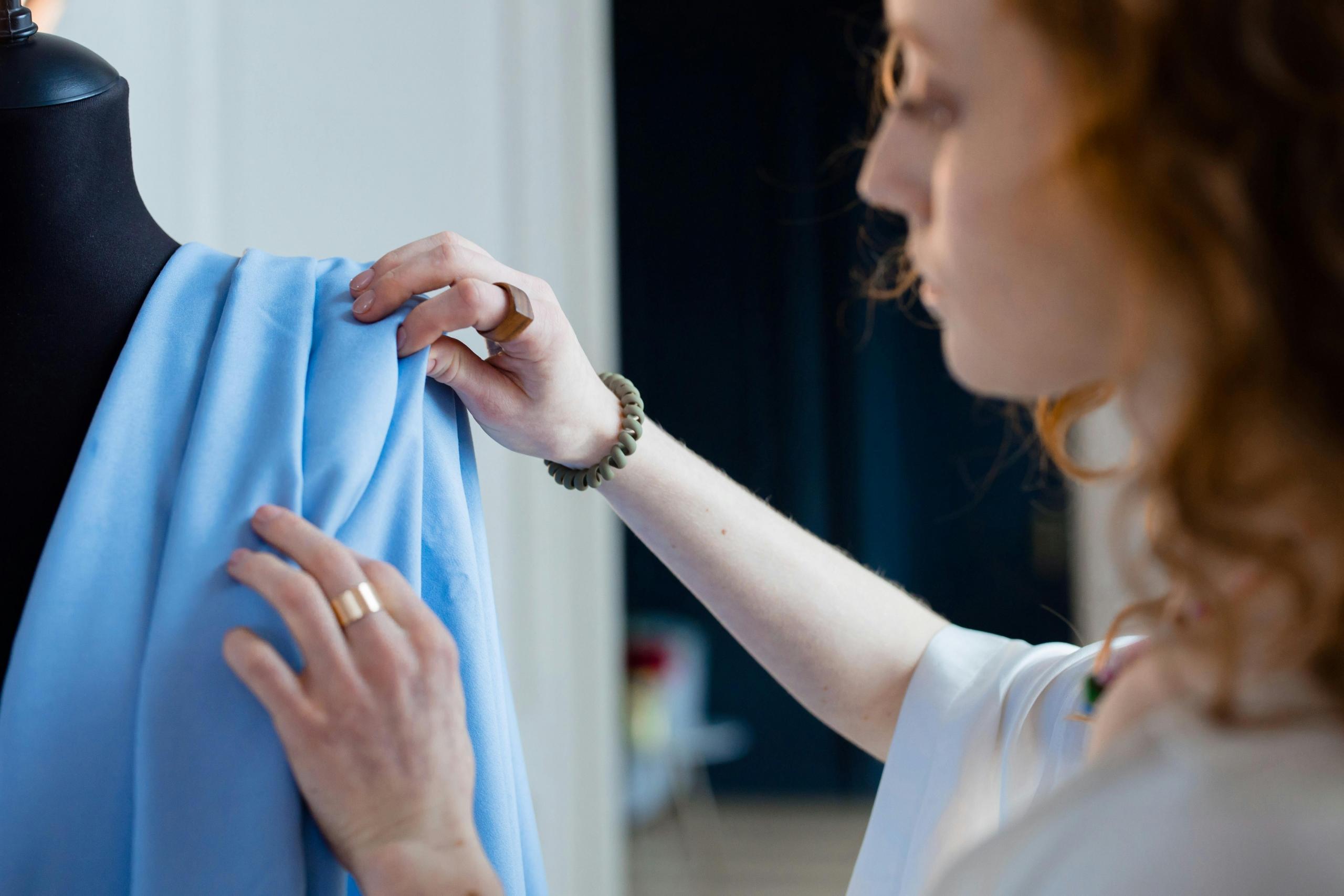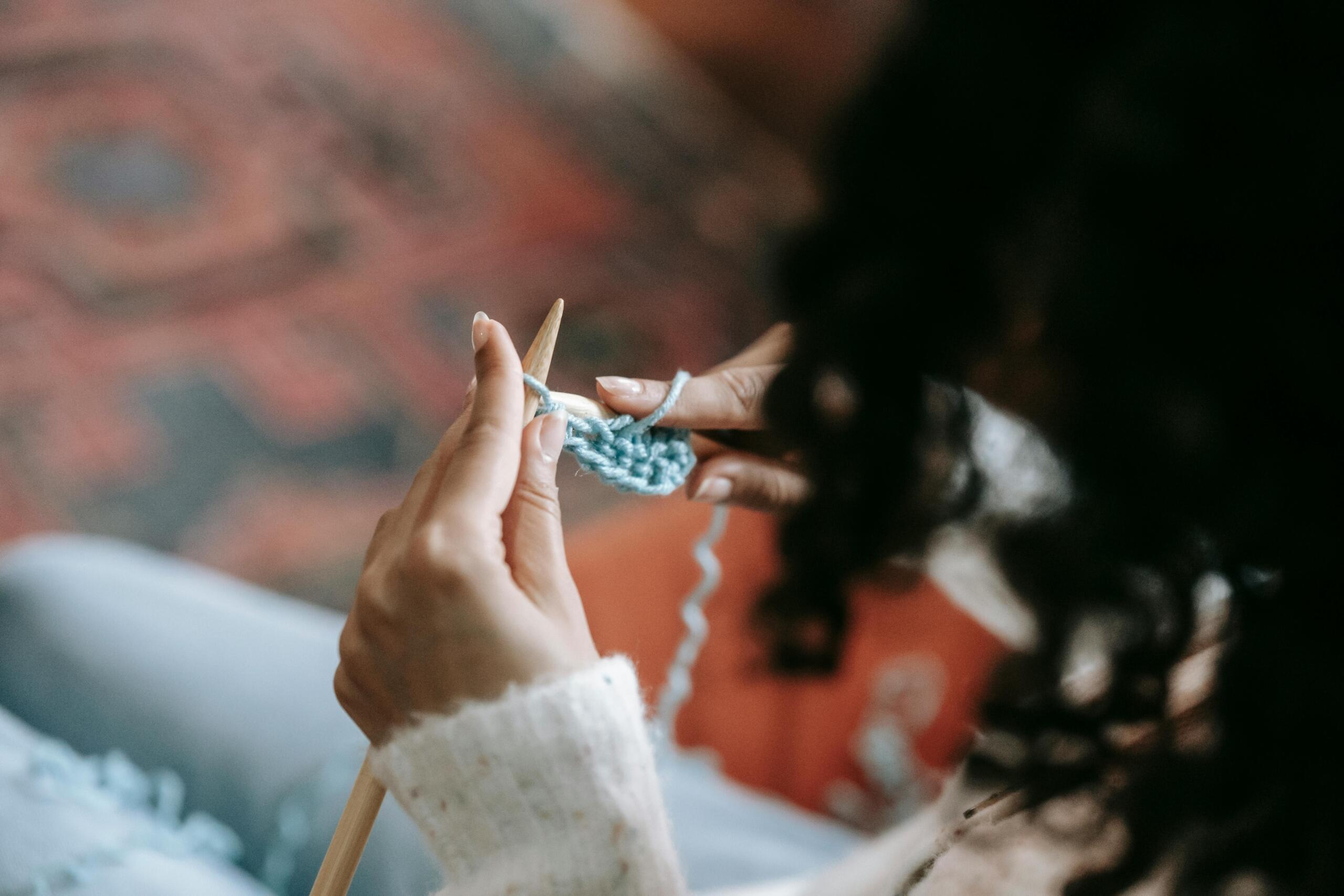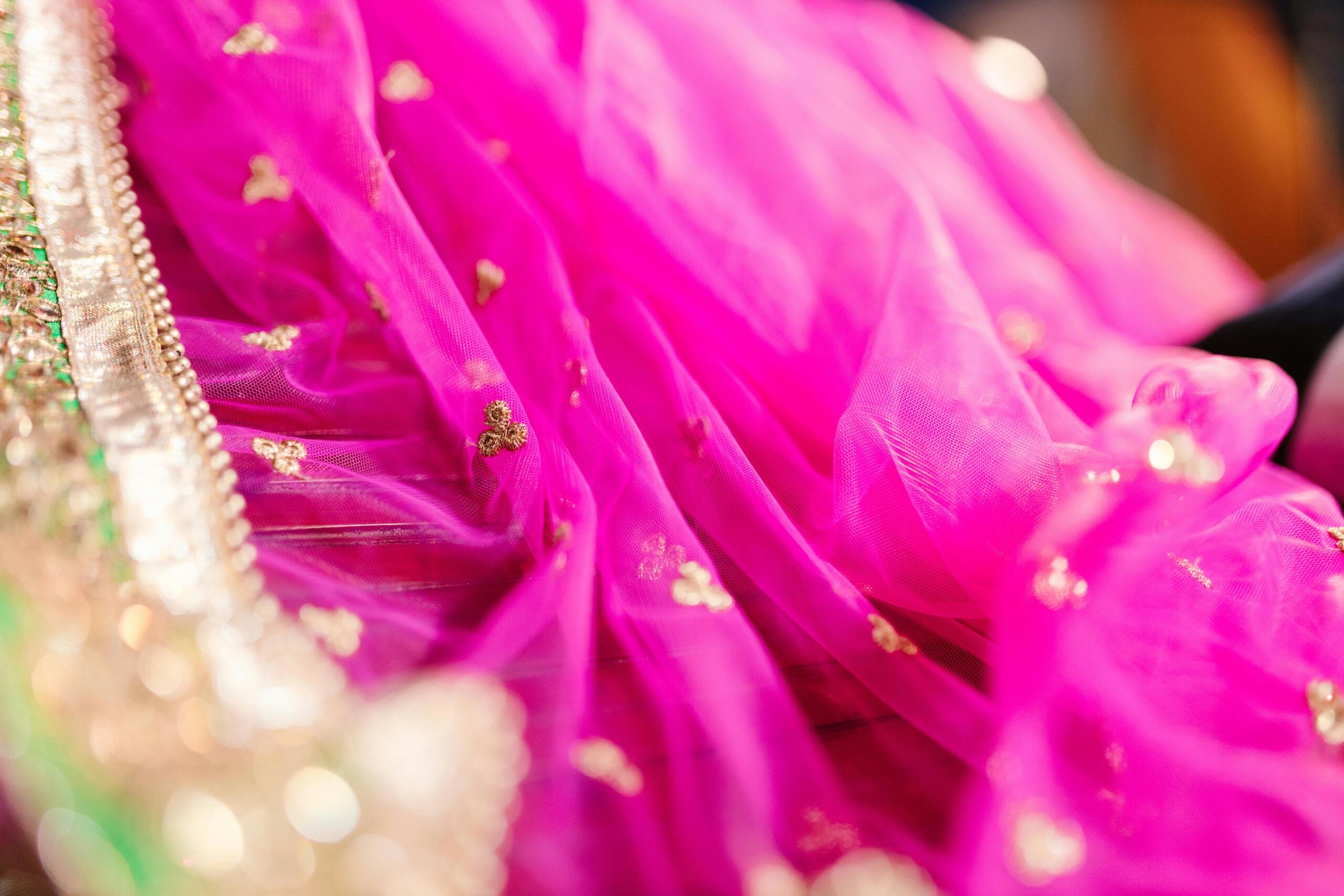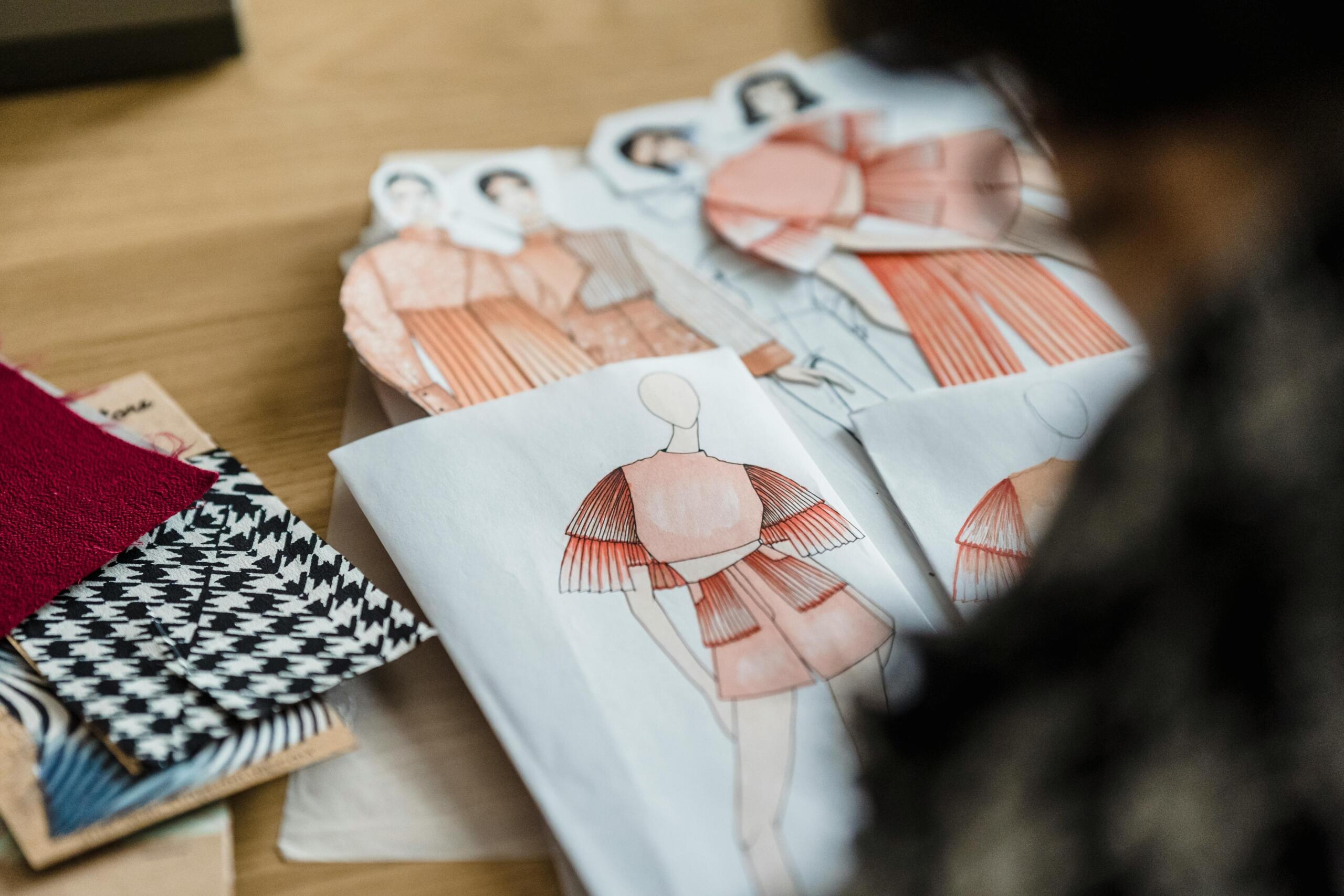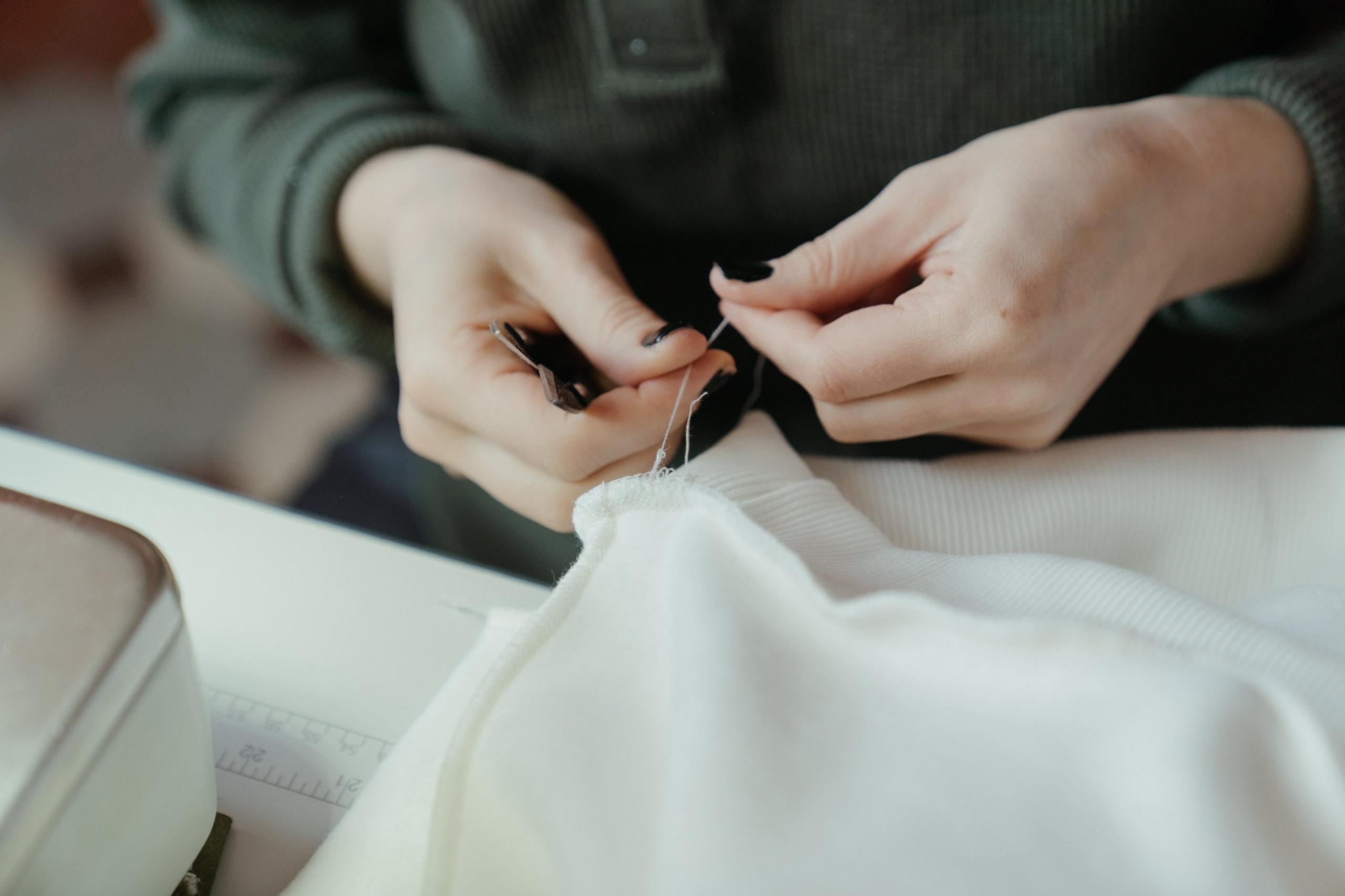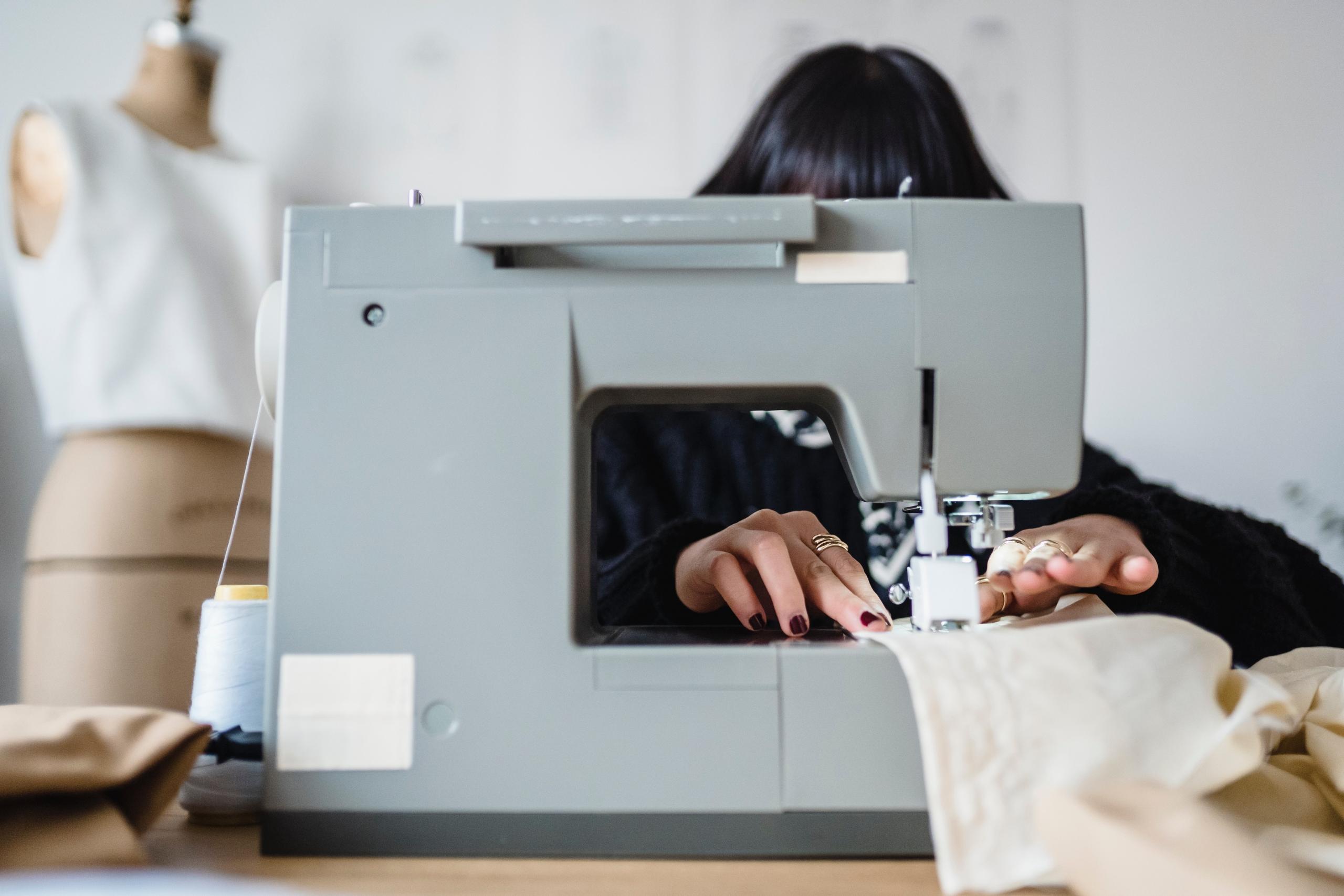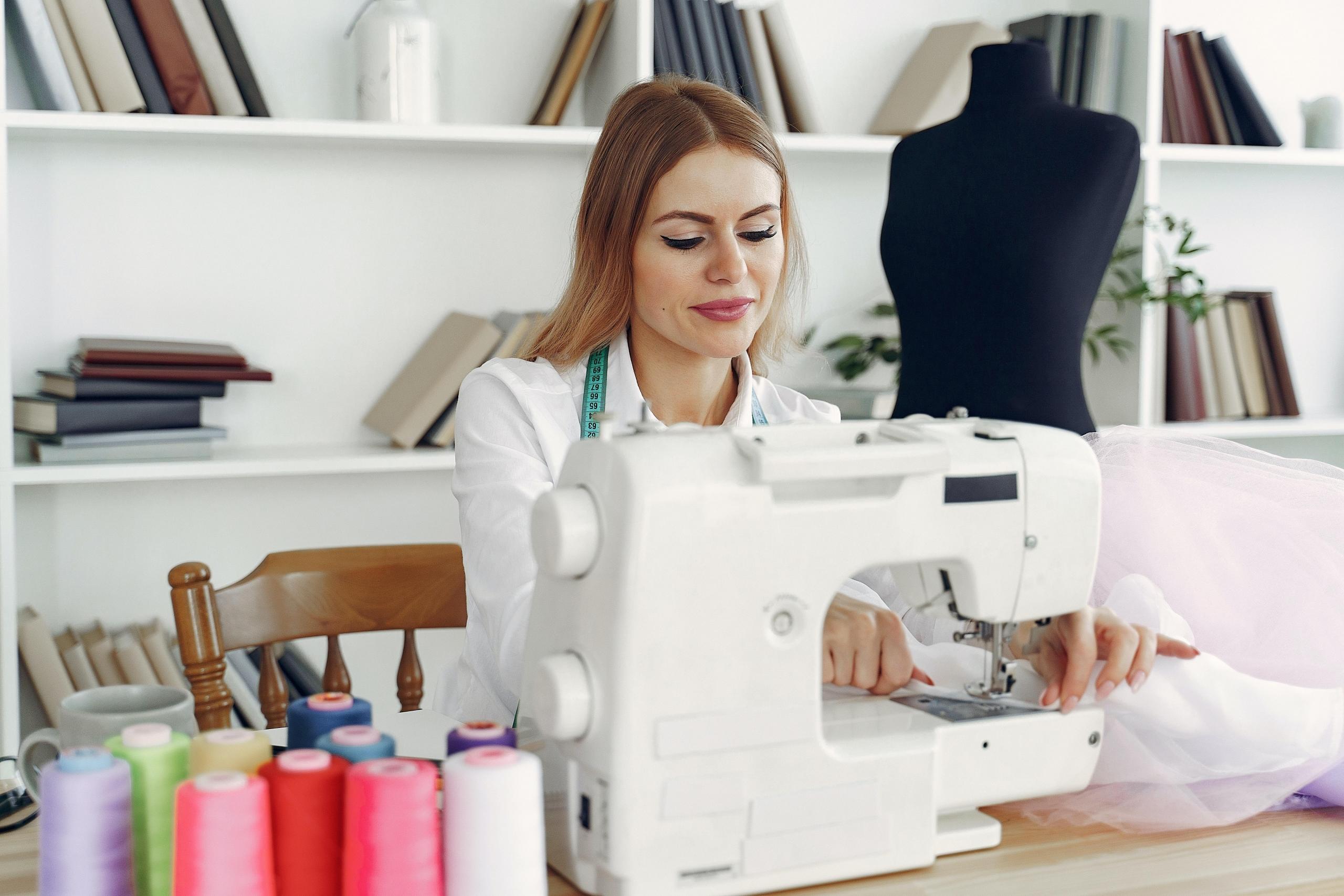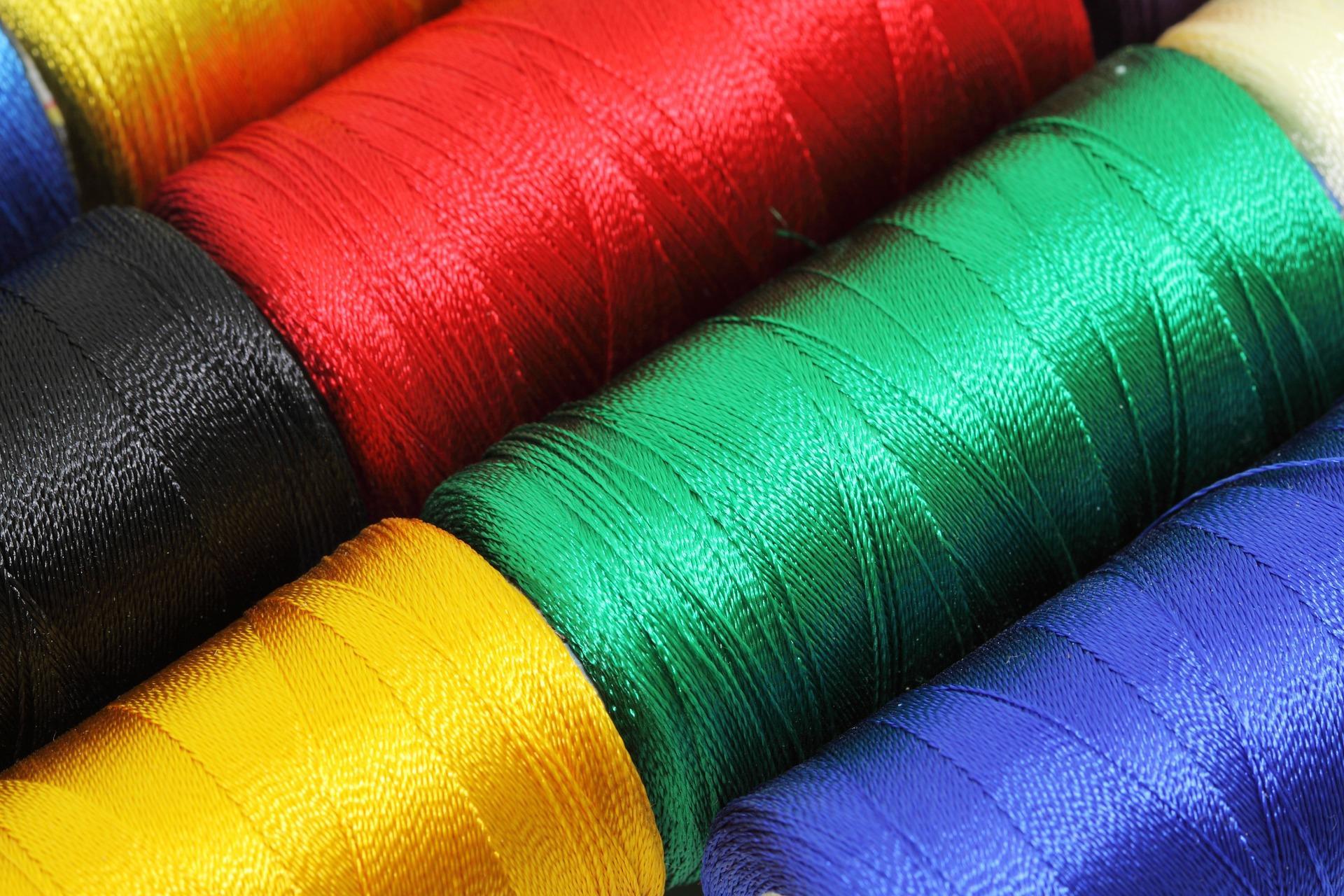The world of fashion is synonymous with glamour and style with many aspiring artists and students in South Africa eager to join the clothing industry.
If you want to become a fashion designer, the good news is that there are many avenues you can take to study fashion design. From dedicated tertiary education institutions and internships to private tutors and even the opportunity to learn fashion design online, the options are numerous.
So, if you are asking, what can I do to get started as a fashion designer, then this article is for you. Keep reading.

What Can I Do to Get Started as a Fashion Designer: Fashion Sketching
If you want to become a fashion designer then learning how to sketch is one of the foundational skills you will need to master.
So, what is fashion sketching or illustration and why is it so important?
Fashion illustration is the art of drawing or painting images to convey fashion ideas visually before tackling the steps to produce the garment.
A fashion designer's sketch pad is the birthplace of their ideas. It helps them to brainstorm, revise and present ideas. This first step is where fashion figures, known as "croquis," are drawn on paper to help visualise how the clothing will look on models.
Whether you decide to learn fashion design online, or in person, sketching will be an important part of your process which is why you’ll want to invest in a few essential tools:
- A Notepad: An 8.5x11 inch notepad with many sheets is ideal for practice.
- Drawing Utensils: A variety of pencils, pens, and coloured markers are necessary for achieving different effects.
- A Ruler: A ruler helps keep lines straight and measurements accurate.
- An Eraser: Frequent adjustments and edits require a reliable eraser.
Examining sample sketches is an excellent way to get started and be inspired on where to use various mediums like gouache, markers, pastels, and ink, all of which are commonly used in fashion illustration.
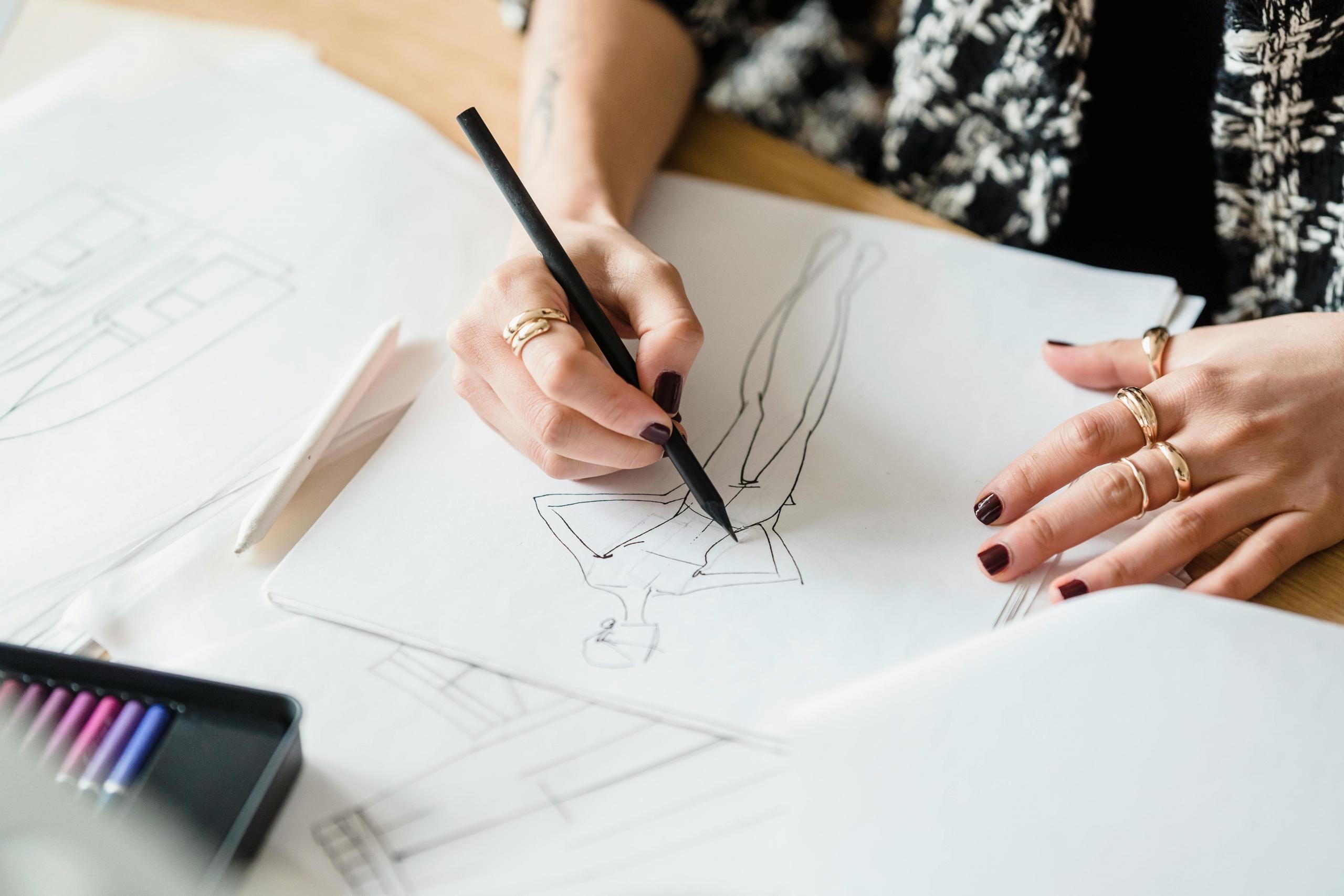
For many who study fashion design, illustration becomes a niche. For illustrators, there are jobs in many settings including retail chains and department stores, clothing manufacturers, the textile industry and academic institutions. These opportunities depend on your education, credentials, and talent.
The ultimate goal for many fashion illustrators is to become designers who create and sell their clothing lines globally. Whether you pursue fashion sketching as a hobby or whether you want to become a fashion designer, we highly recommend seeking expert guidance on Superprof to refine your skills and learn from professionals.
Pattern Cutting
Besides learning how to sketch the ideas you have in your head, pattern cutting is an important skill that will become part of your studies regardless of your decision of where to learn fashion design.
Pattern cutting, also known as pattern making, involves creating patterns with basic measurements that can be adapted to design unique clothing items. In short, this process turns designs into reality by drawing and cutting on fabric.
So why is pattern-making so important for clothing design?
- It improves efficiency by ensuring both the designer and manufacturer understand the measurements and specifications.
- It saves money by preventing costly mistakes through accurate fitting.
- It minimises waste by using fabric efficiently.
Commonly used pattern-cutting techniques in the clothing manufacturing industry include:
- Flat Pattern Drawing
- Drafting
- Fashion Draping
To learn these techniques, whether you decide to learn fashion design online or at a fashion school, it may be helpful to consult with a private tutor as you master this critical phase of fashion design.
In the meantime, here are a few tips to help you improve.
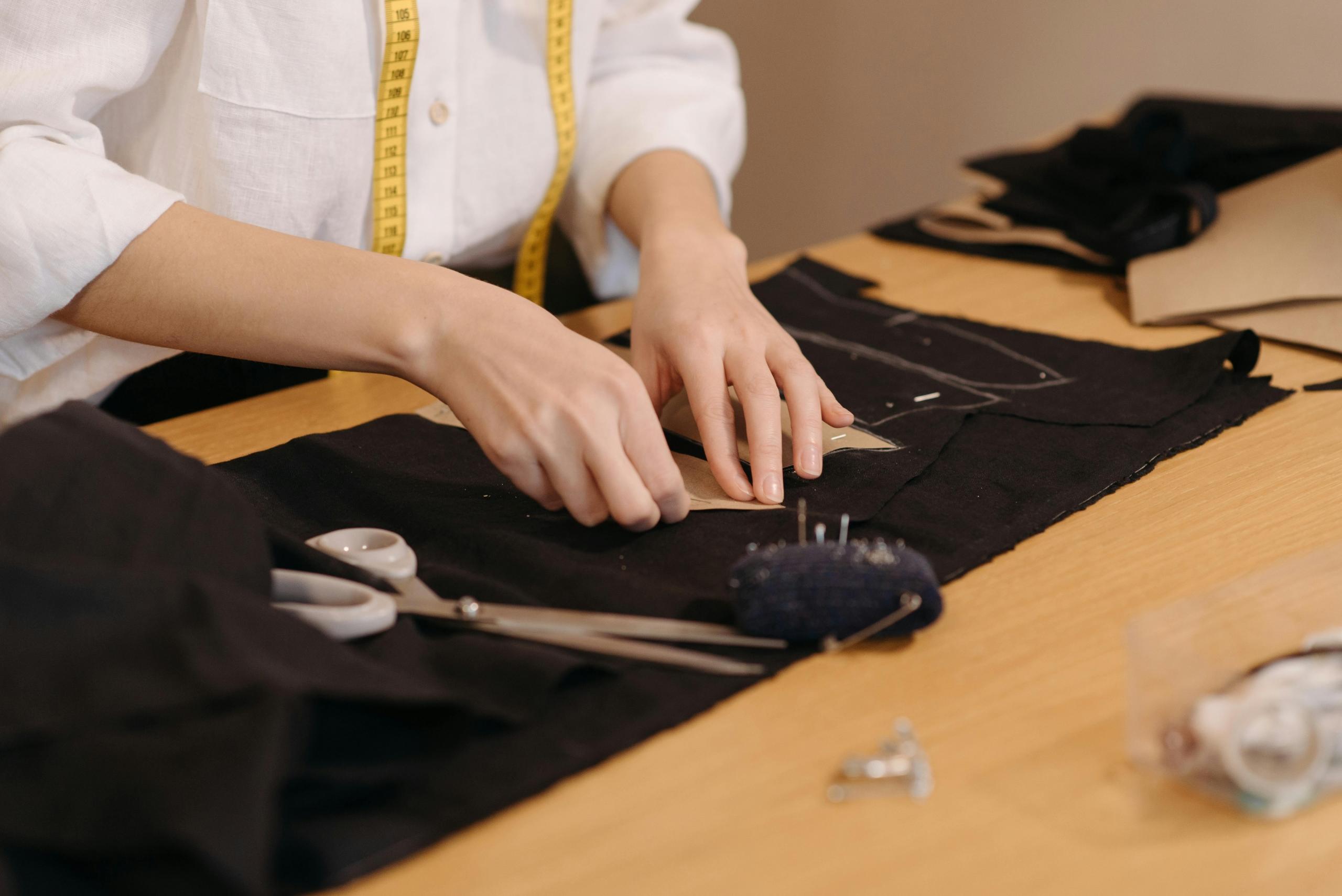
- Use pattern weights instead of pins.
- Use a rotary cutter for cleaner cuts.
- Overlap main pieces with pocket pieces to align seam lines.
- Stack main and lining fabrics to cut both at once.
- Cut multiple garments at once to save time.
- Cut larger pieces first.
- Have dedicated cutting sessions to practise and refine your skills.
A private sewing or fashion design instructor can provide personalised guidance and help you learn the fundamentals of pattern cutting effectively.
Alterations
When you study fashion design, learning how to sew and alter garments is part of your education. Furthermore, in today’s waste-conscious society where so many designs are born from upcycled garments, learning the art of alteration in clothing is key.
Here are just a few of the reasons that may inspire you to modify or alter an existing garment.
- Personalised Fit: Your clothes can be adjusted to better reflect your personality and style.
- Cost Savings: You'll save money on clothing repairs by doing them yourself.
- Extended Lifespan: With proper alterations and maintenance, your clothes and those of your family will last longer.
So, what kind of alteration techniques can you expect to master as you study fashion design?
- Hemming skirts or slacks
- Letting out waistbands
- Repairing seams
- Shortening sleeves
- Replacing zippers
It is worthwhile to remember that while alterations and tailoring share similarities, they are also quite distinct in their processes. Tailoring customises clothing for a perfect fit and is typically more expensive. Alterations, on the other hand, are affordable fixes for existing garments.
If you are a beginner to sewing or fashion design, learning how to alter will be key to progress. Here are a few tips to help you progress:
- Use the Right Tools: Invest in quality sewing tools and materials for essential alterations.
- Understand the Fabric: Different fabrics require different techniques and handling.
- Know Your Limits: As a beginner, start with simple projects to avoid frustration.
- Practice: Mastering anything takes time, so practice regularly to improve your skills.
Whether you decide to become a fashion designer through an elite institution or whether you choose to learn fashion design online, the help of a private sewing tutor can make all the difference. From learning how to alter clothes, cut patterns or sew meticulously, a private sewing tutor has the skill to offer you personalised guidance to help you reach your goals.
Handbag Design
Do you have an unexplainable admiration for handbags?
Do you wish you could make your own?
If so, you are not alone and many fashionistas just like you feel the same way. Surprisingly, crafting your own handbags, whether as a hobby or as an aspirant fashion designer is not only possible but offers several benefits too:
- Cost-Effective: Save money by not spending thousands on designer bags.
- Sense of Accomplishment: Enjoy the pride of crafting a unique bag that friends will admire.
- Skill Development: Practise and improve your sewing techniques.
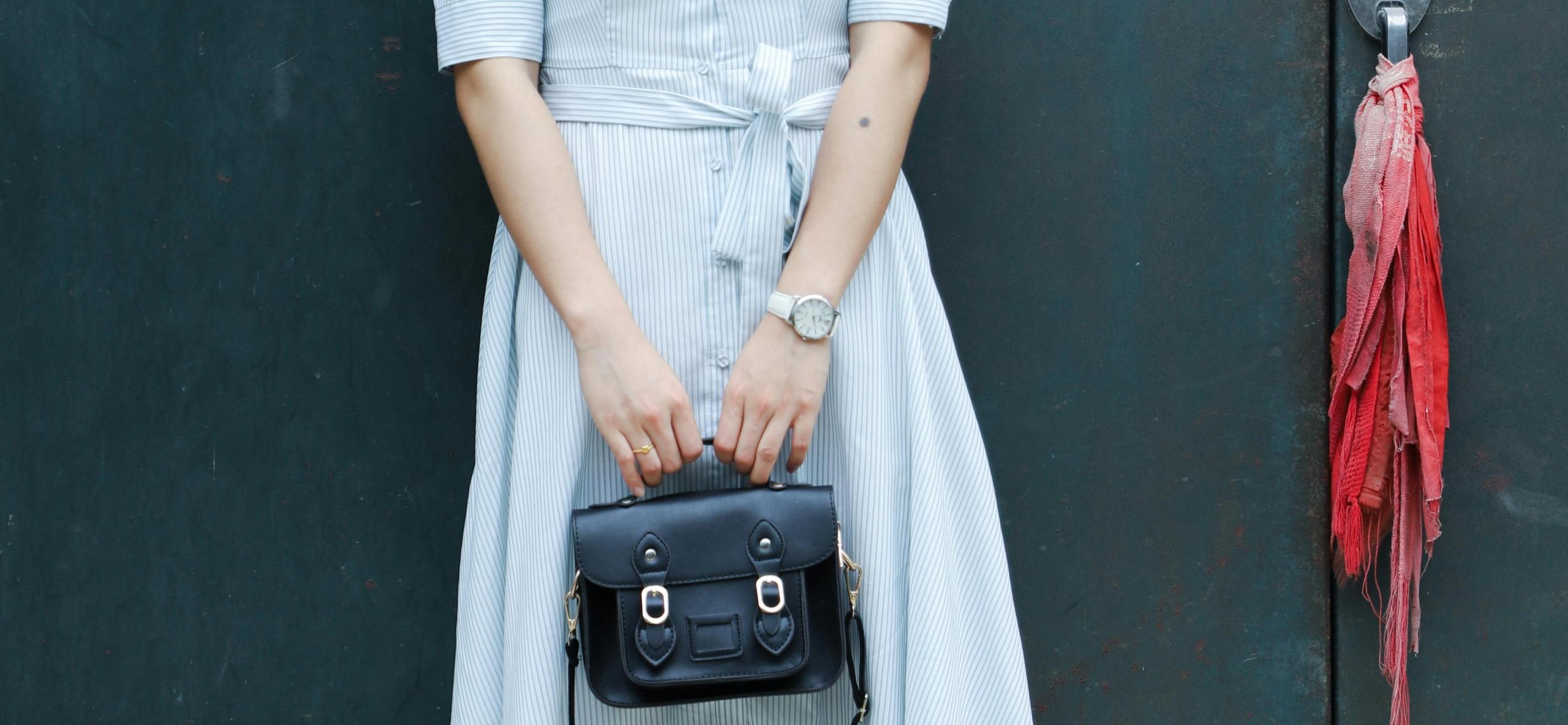
Before starting, you'll need a few essential sewing tools:
- Iron and pressing mat
- Pins and pincushions
- Shears with bent handles
- Scissors with straight handles
- Needles for machine and handwork
- Threads
- Marking tools like clothing chalk, water-soluble markers, and a silver pencil
- Seam ripper
- Rotary cutter
- Sewing machine
When it comes to the types of handbags you can create, the possibilities and material options at your disposal are endless. Consider these many handbag types to inspire your creativity:
- Hobo bag
- Tote bag
- Duffle bag
- Messenger bag
- Backpack
- Satchel
- Wristlet
- Pouch
- Clutch
- Beach bag
- Shoulder bag
- Shopping/Grocery bag
- Drawstring bag
- Makeup bag
- Phone bag
- Baguette bag
- Barrel bag
- Basket bag
- Fanny pack
- Kelly bag
- Lunch bag
Learning how to sew these bags is more achievable than you think. Of course, there are online tutorials to check out, but there are also hundreds of fashion design and sewing tutors available on Superprof who can guide you through the making of your ideal handbag.
If you're still wondering where to learn fashion design, whether you want to upcycle and alter existing garments, need extra help with pattern making, or become a fashion designer of note, Superprof is an excellent place to begin your fashion design journey.

